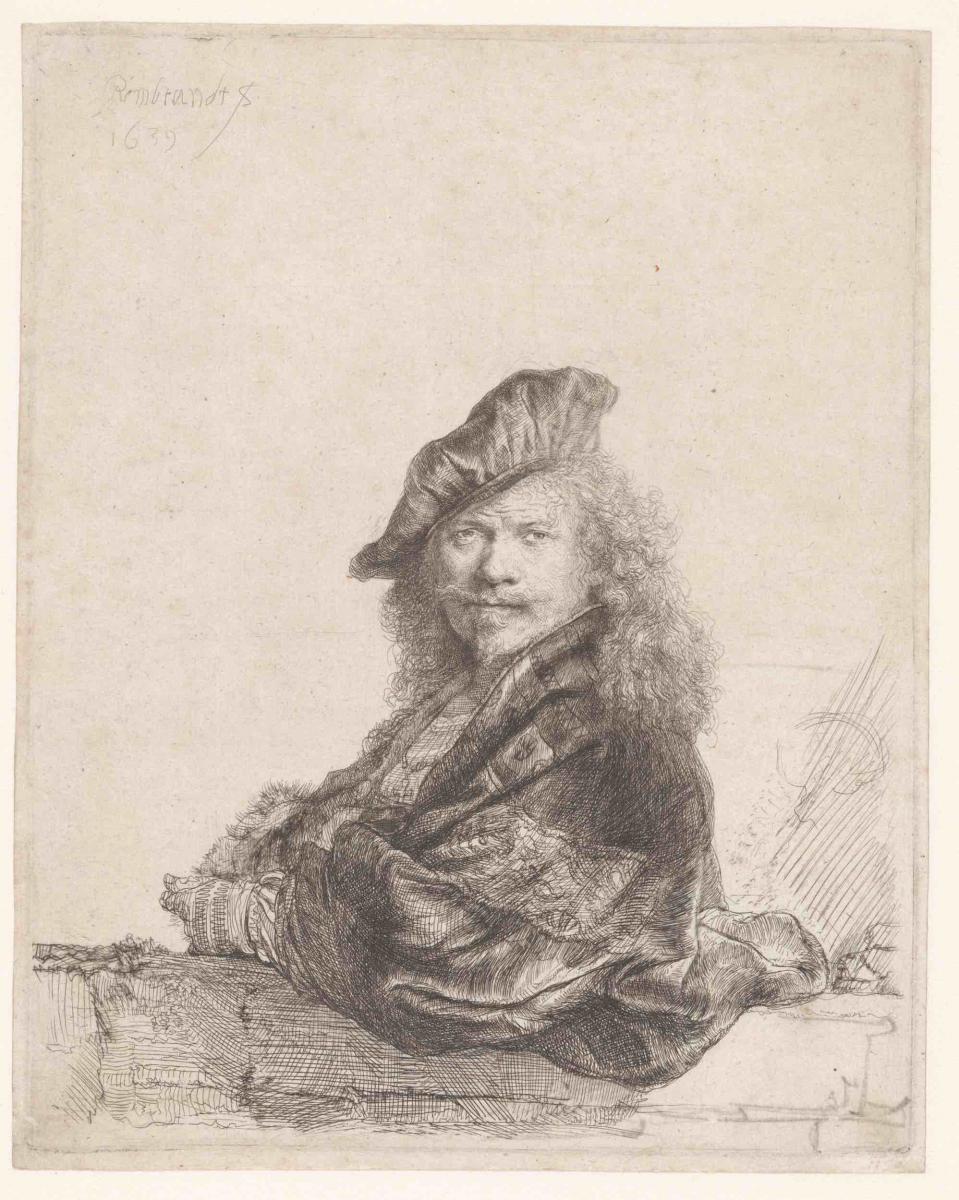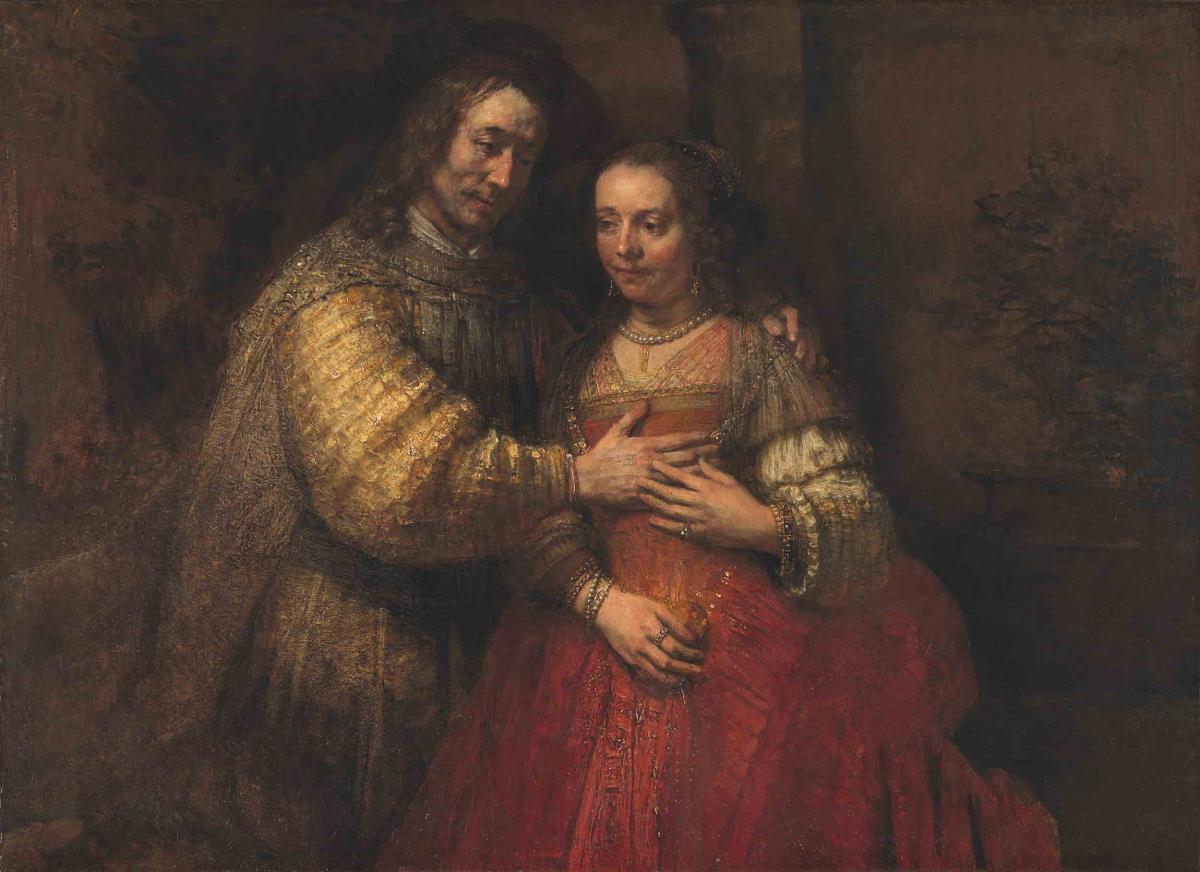This wonderful Cornish workshop and museum is dedicated to the legacy of studio pottery trailblazer Bernard Leach
Five ways experts are decoding Rembrandt
Five ways experts are decoding Rembrandt
24 May 2019
How did Rembrandt make his paintings, drawings and prints? And how do we investigate this today? This year, building on the scholarship of the Rembrandt Research Project, the Rembrandt House Museum will stage a special exhibition, Rembrandt Laboratory: Rembrandt’s Technique Unravelled. In a simulated laboratory setting, visitors will discover the current scientific analyses and techniques that are helping us understand how the artist worked. Curator Leonore van Sloten discloses these new insights.
 Black and white portrait: Mr and Mrs De Bruijn-van der Leeuw Bequest, Muri, Switzerland
Black and white portrait: Mr and Mrs De Bruijn-van der Leeuw Bequest, Muri, Switzerland
DIGITAL LAYERING
The digital layering of images can be used to establish what differences there are between various states of a print. In the past, only paper with a watermark could be identified and dated, but a method is currently being developed to date paper that does not have such a mark.
X-ray fluorescence
The application of macro X-ray fluorescence (or MA-XRF) has been a breakthrough. The technique utilises radiation to show which elements occur in a paint layer; this information is then used to deduce which types of pigments were used. Underlying layers can also be identified and analysed using this method. This all helps us to understand changes within a work – and Rembrandt often made changes. He would even go to the length of painting over fully fledged works. The XRF scanning helps us understand which pigments were used and therefore how underlying layers were coloured.
Dendrochronology
Dendrochronology (dating wood on the basis of growth rings) can establish the age of a panel. Each concentric ring visible on the exposed surfaces of a felled tree corresponds to a year’s spring and summer growth, which makes it possible to establish the earliest possible date that the painting could have been executed.
 Man and woman: On loan from the City of Amsterdam (A van der Hoop Bequest). © Rijksmuseum
Man and woman: On loan from the City of Amsterdam (A van der Hoop Bequest). © Rijksmuseum
Facial recognition
Facial recognition is being tested, alongside conventional art historical analyses and archival research, in an investigation into the identity of a man in a portrait. Through this, it may be possible for us to verify the identification of the sitter.
Reconstruction
‘Drawing out Rembrandt’, a research project by the RCE, Rijksmuseum and NICAS, aims to reconstruct what Rembrandt’s drawings would have looked like when they were produced. The artist made use of different types of ink, and these inks differ in colour, but over time all turn the same hue of brown. As a result, we glean a different impression from the drawings than of those who would have seen them when they were created.
SEE
Inspired by Rembrandt: 100 years of collecting by the Rembrandt House Museum, from 7 June–1 September; Rembrandt Laboratory: Rembrandt’s Technique Unravelled, from 21 September–16 February 2020; all at the Rembrandt House Museum, Amsterdam.
About the Author
The Arts Society
JOIN OUR MAILING LIST
Become an instant expert!
Find out more about the arts by becoming a Supporter of The Arts Society.
For just £20 a year you will receive invitations to exclusive member events and courses, special offers and concessions, our regular newsletter and our beautiful arts magazine, full of news, views, events and artist profiles.
FIND YOUR NEAREST SOCIETY
MORE FEATURES
Ever wanted to write a crime novel? As Britain’s annual crime writing festival opens, we uncover some top leads
It’s just 10 days until the Summer Olympic Games open in Paris. To mark the moment, Simon Inglis reveals how art and design play a key part in this, the world’s most spectacular multi-sport competition



